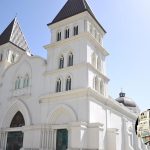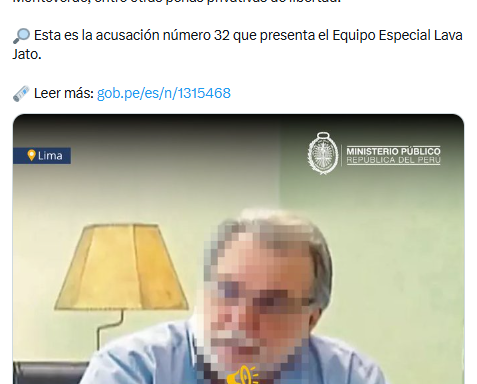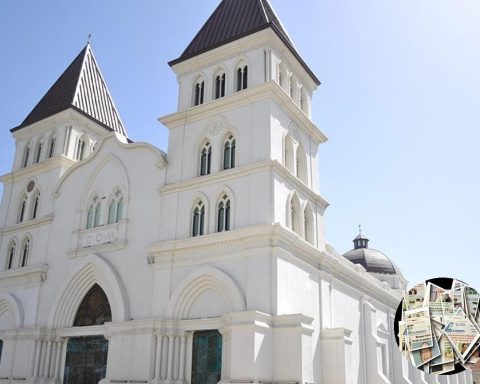August 22, 2024, 4:00 AM
August 22, 2024, 4:00 AM
August 24 is the date that the Catholic Church assigns to Saint Bartholomew, a devotion that has a relationship with our country that is worthy of study.
Saint Bartholomew is a figure who fascinated Europeans in the Middle Ages, perhaps because of the coincidence of two dates that tragically marked that period: on August 24, 1459, the most famous prince of Wallachia, Vlad Draculea, or Vlad Tepes, went down in history for having impaled more than 3,000 Saxons from Brasov in an act that inspired Bram Stoker’s novel “Dracula.” More than a century later, on August 24, 1572, the massacre of the Huguenots began with the killing of some 3,000 people in Paris and up to 20,000 throughout France.
Marcos Jiménez de la Espada noted that, in the first years of the invasion, “the conquerors of Quito flayed animals in honour of Saint Bartholomew”, which gives an idea that, despite not having the patronal character of other devotions, such as Santiago, the saint had a lot of weight among the Spanish.
In our country, it is notable that Saint Bartholomew inspired the story of the cross of Carabuco, which is supposed to have been found in colonial times and partly rescued by Bishop Alonso Ramírez de Vergara. A piece of this cross is supposed to be in the Cathedral of Sucre. The curious thing is that this story is related to a pre-Hispanic myth: the story of Thunupa who was tied to a cross and thrown into Lake Titicaca. The legend says that the cross floated and, upon reaching the other shore, the waters opened a path, forming the Desaguadero River.
The myth of Thunupa is widespread in the Andes and it is disturbing when it is said that this one, or at least the one in the version of the cross in Titicaca, was, in reality, Saint Bartholomew himself, who would have arrived to our continent in times when it was not unknown to the ancient Europeans and Africans. The supposed arrival of Israelites to these lands is based on the theories of Manase ben Israel, Gregorio Garcia and Adair who affirm that the inhabitants of America are descendants of those.
As you can see, Saint Bartholomew is not simply a devotion, but an interesting subject of study as part of the history of Bolivia.
In the case of Potosí, the saint was used to replace a pre-Incan indigenous cult that was practiced in the Mullu Punku ravine, which is now known as the “devil’s cave.” That was the origin of the Ch’utillos festival, which this year debuts its title of Intangible Cultural Heritage of Humanity.


















